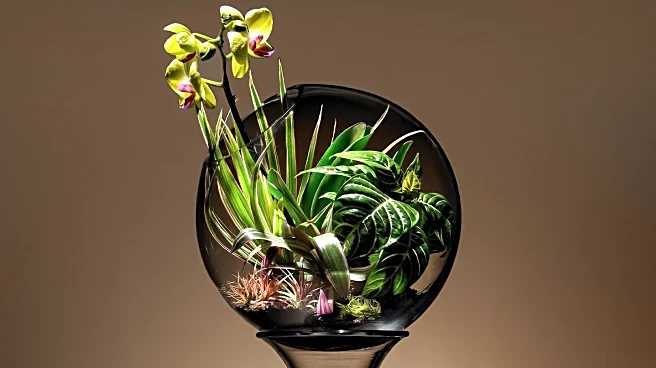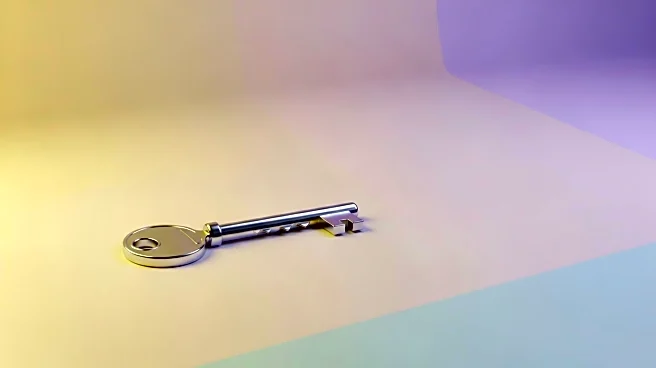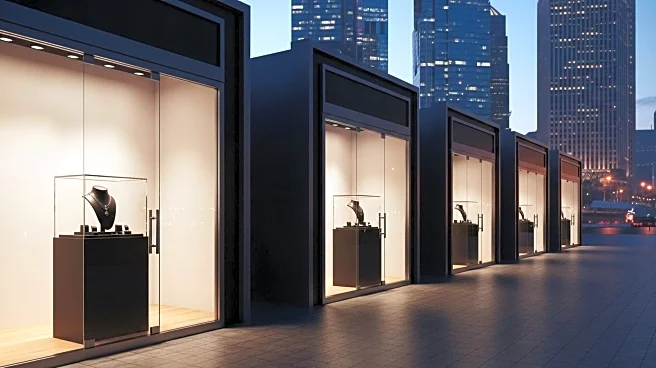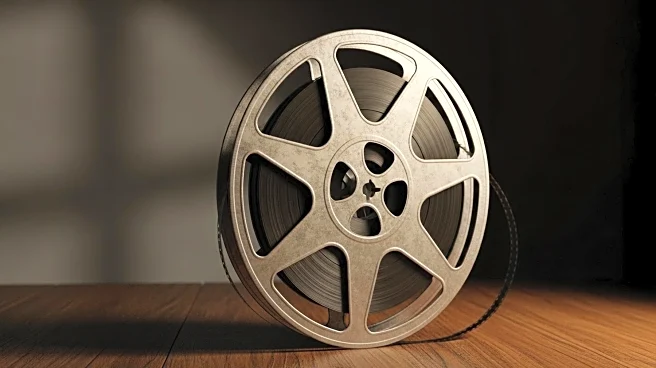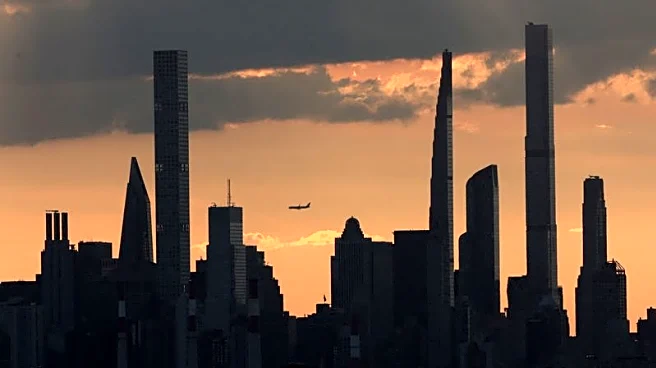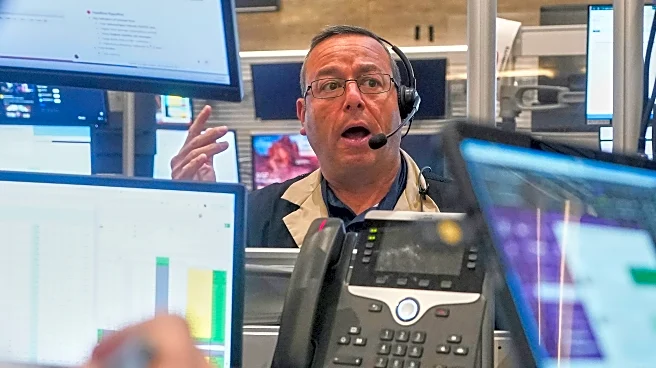What's Happening?
The Collectible design fair is hosting its second New York edition at the WSA building in the Financial District during Armory Week. Established in Brussels in 2018, the fair brings together international galleries, designers, and architects to showcase 21st-century design. This year's event spans over 30,000 square feet on the 39th floor, featuring floor-to-ceiling glass walls with views of Brooklyn. The fair is organized into six sections, each curated by industry authorities, including a section titled 'In Praise of Folly' curated by Hannah Martin from Architectural Digest. This section explores the concept of 'folly' through contemporary pieces that are functionally ambiguous but aesthetically inspiring. Despite the creative focus, economic challenges such as rising tariffs are affecting international exhibitors, as collectible furniture is not exempt from import duties under the US Harmonised Tariff Schedule.
Why It's Important?
The fair's challenges highlight the broader impact of tariffs on the design industry, particularly for small galleries operating on narrow margins. The economic pressures could affect the participation of international exhibitors and the diversity of design showcased in the U.S. market. However, the fair's resilience and continued participation indicate a strong desire to engage with the U.S. audience despite these hurdles. The event also underscores the importance of creative expression and cultural exchange in the design sector, offering a platform for emerging talents and experimental practices.
What's Next?
Following the New York edition, the fair's co-founders will focus on their Hong Kong debut at Maison&Objet's Design Factory, curating an exhibition titled 'East Meets West.' This expansion reflects the fair's commitment to international collaboration and cultural exchange, potentially broadening its influence and market reach. The ongoing tariff situation may continue to pose challenges, but the fair's adaptability and strategic partnerships, such as with shipping company Cadogan Tate, could mitigate some logistical issues.
Beyond the Headlines
The fair's emphasis on 'folly' and aesthetic innovation suggests a cultural shift towards valuing artistic expression and creativity in everyday objects. This trend may influence consumer preferences and drive demand for unique, design-focused furniture, impacting production and marketing strategies within the industry. Additionally, the fair's success amid economic challenges could inspire other cultural events to adopt similar resilience strategies, fostering a more robust and interconnected global design community.


